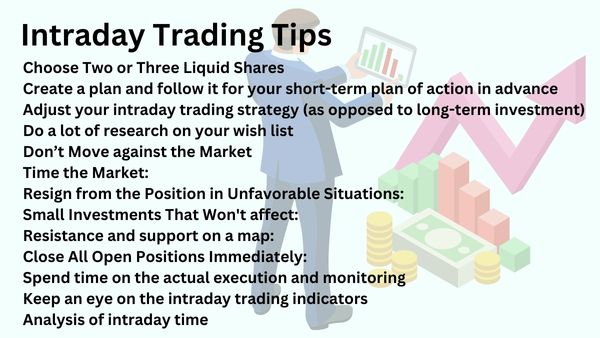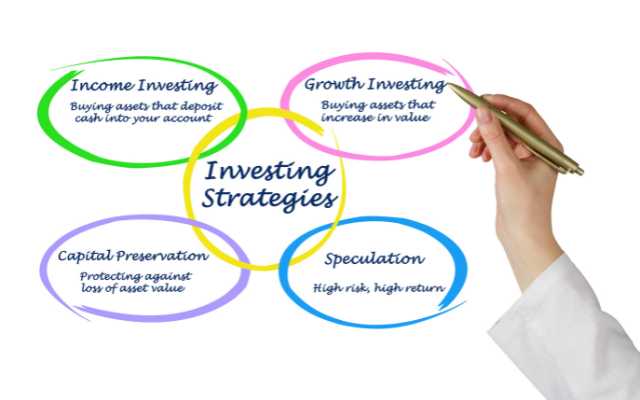What Is the Stock Market, What Does It Do, and How Does It Work?

The stock market is a financial marketplace where publicly traded stocks are bought and sold. It is a platform where companies can raise capital by issuing shares of stock, and where investors can buy and sell those shares. The stock market is often divided into two main sections: the primary market and the secondary market.
In the primary market, new stocks are issued to the public by companies looking to raise capital. This is done through initial public offerings (IPOs), where a company goes public for the first time and sells shares of stock to the public. After an IPO, the company’s shares are traded on the stock market in the secondary market.
In the secondary market, existing shares are bought and sold by investors. This is where the majority of trading activity takes place. The prices of these shares fluctuate based on a variety of factors, including a company’s financial performance, economic conditions, and market sentiment.
It is often used as a barometer for the overall health of the economy. When the stock market is doing well, it is often a sign that the economy is strong, and when the stock market is doing poorly, it can be a sign of an economic downturn.
There are several types of stock markets, including the NYSE (New York Stock Exchange) and the NASDAQ (National Association of Securities Dealers Automated Quotations), which are the two largest in the United States.
Investing in the stock market can be a valuable tool for growing wealth, but it also comes with risks. The prices of stocks can be volatile and there is no guarantee of a return on investment. However, over the long-term, stocks have historically provided higher returns than other types of investments, such as bonds.
It is important for investors to conduct thorough research and have a good understanding of the underlying businesses before investing in the stock market. Diversifying one’s portfolio can also help to minimize risk.
In summary, the stock market is a financial marketplace where publicly traded stocks are bought and sold, and is a platform for companies to raise capital and for investors to buy and sell shares. It is an important indicator of the overall health of the economy and can be a valuable tool for growing wealth, but it also comes with risks.
What Does stock market Do
The stock market serves several key functions:
- Raising Capital: The stock market allows companies to raise capital by issuing shares of stock. This capital can be used to finance expansion, research and development, or other business ventures.
- Liquidity: The stock market provides a liquid marketplace for the buying and selling of shares. This allows investors to easily buy or sell shares in a company, providing them with the ability to quickly adjust their portfolios as needed.
- Price Discovery: The stock market helps to determine the fair value of a company’s shares. The prices of shares are determined by supply and demand in the marketplace, which reflects the current sentiment and expectations of investors.
- Investment Opportunity: The stock market provides an opportunity for individuals and institutions to invest in publicly traded companies and potentially earn a return on their investment.
- Economic Indicator: The stock market is often used as an indicator of the overall health of the economy. A rising stock market can signal growth and prosperity, while a falling market can indicate a downturn.
- Facilitate Ownership: The stock market facilitates the process of ownership of a company by allowing individuals to buy shares of a company, becoming a shareholder.
Overall, it provides companies with a way to raise capital, allows investors to buy and sell shares easily and helps to determine the fair value of a company’s shares, it’s an opportunity for investment and it serves as an indicator of the economy.
How Does the stock market Work
It works by connecting companies that need capital with investors who are looking for an opportunity to invest. Companies will issue shares of stock, which represent ownership in the company, in order to raise capital. These shares are then bought and sold on the stock market.
When a company wants to raise capital, it will first go through the process of an initial public offering (IPO). During an IPO, the company will issue new shares of stock and sell them to the public for the first time. These shares will then be traded on the stock market in the secondary market.
In the secondary market, investors can buy and sell shares of stock in publicly traded companies. The prices of these shares fluctuate based on a variety of factors, including a company’s financial performance, economic conditions, and market sentiment.
It is made up of a network of exchanges, such as the NYSE (New York Stock Exchange) and the NASDAQ (National Association of Securities Dealers Automated Quotations), where stocks are traded. Companies will list their stocks on one of these exchanges, and investors can buy and sell shares through a broker or a trading platform.
The stock market operates based on the principles of supply and demand. When more investors want to buy a stock than sell it, the price will go up. Conversely, when more investors want to sell a stock than buy it, the price will go down.
Investors can also use various financial instruments such as options, futures, and ETFs, which are derivatives that allow investors to speculate on the price movements of a stock or a basket of stocks without owning the underlying shares.
- How to trade with Fibonacci
- How to Use Fibonacci Retracements
- Investing Mistakes the Ultra Wealthy Don’t Make
In summary, the stock market works by connecting companies that need capital with investors who are looking for an opportunity to invest. Companies issue shares of stock, which are then bought and sold on the stock market. Prices fluctuate based on supply and demand and investors can use various financial instruments to speculate on the stock market.
Conclusion
In conclusion, the stock market is a financial marketplace where publicly traded stocks are bought and sold, and serves several key functions such as allowing companies to raise capital, providing liquidity, determining the fair value of a company’s shares, providing an investment opportunity, serving as an economic indicator, and facilitating ownership.
It is made up of a network of exchanges, such as the NYSE and NASDAQ, and operates based on the principles of supply and demand. While the stock market can be a valuable tool for growing wealth, it also comes with risks, and it’s important for investors to conduct thorough research and have a good understanding of the underlying businesses before investing.




